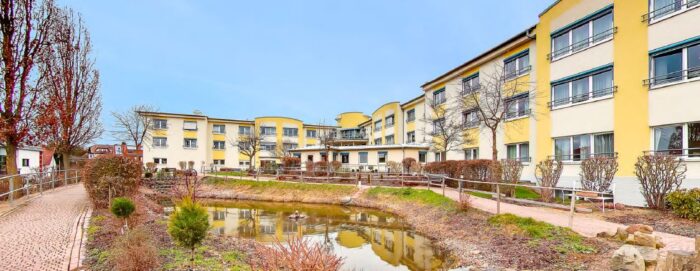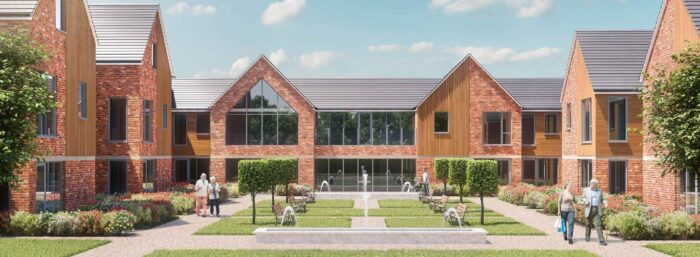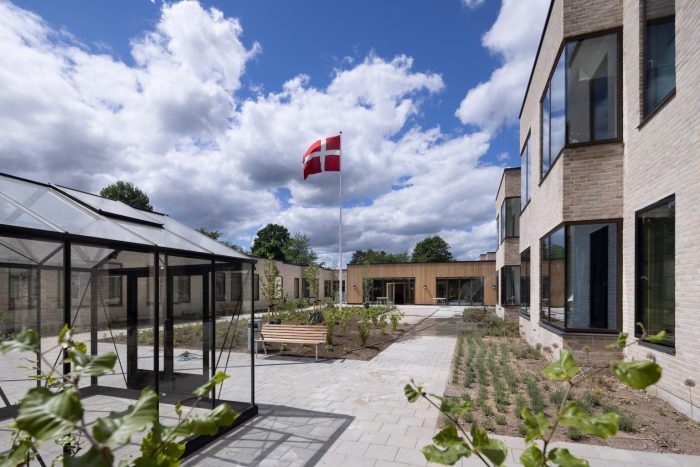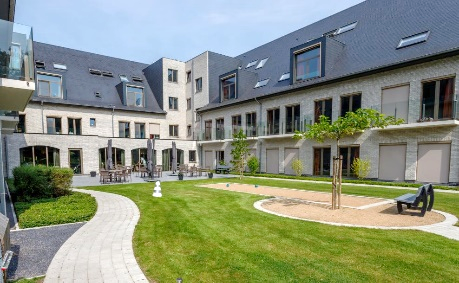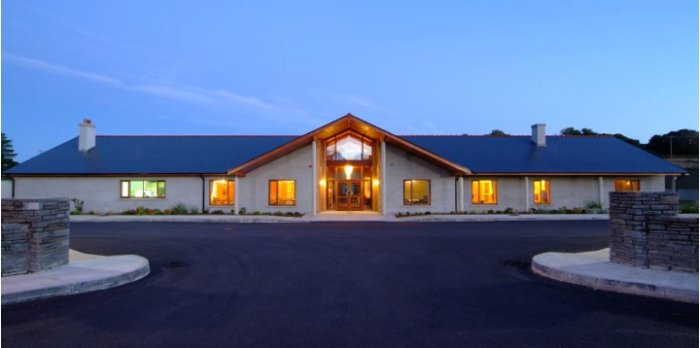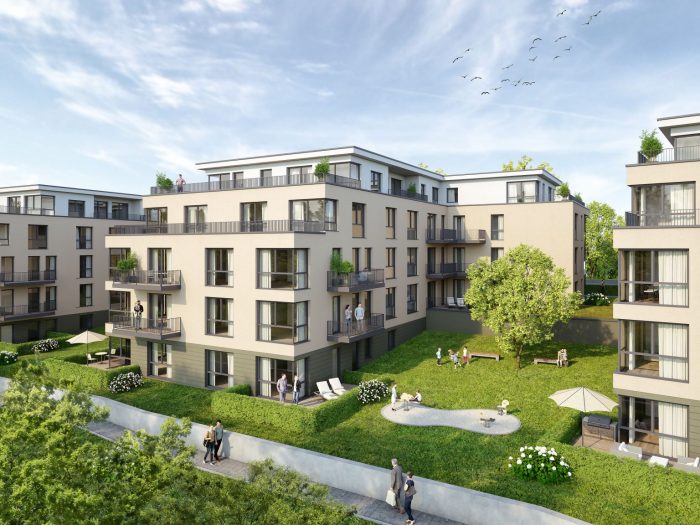The care home sector can be the perfect testing ground for impact investing
Investing with purpose is a conviction play at the moment, as social impact is difficult to quantify and measure and there are no specific regulations yet. But experts believe that it’s not just the right thing to do but it will also deliver dividends, a “social premium” just like the green premium that sustainable buildings enjoy.
“At the moment it’s very intangible value, but over the long term it will make a big difference and impact investors will get the premium and the others will get the discount”, Amand-Benoit d’Hondt, Chief alternative investments &sustainability officer, AG Real Estate, told the recent Senior Housing and Healthcare Association (SHHA) Summit.
The EU Social Taxonomy will help push companies in the right direction, but it’s still work in progress. In the meantime, “we need to make the right bets and hope that the market will recognise the difference”, said d’Hondt. “It may well happen faster than many anticipate”.
In senior housing and care homes, many elements need to be combined to achieve that goal of having content, cared-for residents; a happy workforce that feels valued; capable and skilled operators; quality buildings and interiors and a pleasant and healthy environment.
Well-designed spaces
Architecture can play a major role, said Graham Place, CEO, Box Architects: “In the design phase we have a really good opportunity to make a difference to the social aspect and there is more social value being delivered already than many realise. It’s already happening on the ground”.
Positive social impact can be achieved in the design phase, through the process of delivery and then throughout the lifespan of the asset.
“It’s all about human-centric design”, explained Place. “Our behaviour is heavily influenced by the environment we’re in, so good design, the colours used, the light can change our mood and impact our ability to flourish”.
Little things can make a big difference, like letting in daylight, making sure the orientation is correct, having a window that actually opens, having an electrical socket that isn’t so far down the wall that you have to bend down to reach it.
Care homes could and should follow the example of the office sector, Place said: “In that market the operators are building more and more facilities for the people who work there, putting in canteens, gyms, crèches, cafes, bars, wellness centres, prayer rooms and so on. In care homes our brief restricts us a small staff room somewhere, a tea point, when we should be putting in gyms and wellness spaces that both staff and residents can use”.
Attracting and retaining staff
Improvements must be made, he said: “If we want to attract more people into this sector we need to make their working conditions better”.
As finding and retaining staff is a big challenge across European markets, addressing this issue can determine the viability of a business as well as ticking the social impact box.
“It’s a good investment that makes financial sense”, said Sébastien Berden, CIO, Cofinimmo. “Good design has such an impact on the wellbeing of staff and of residents, on the way the facility works and also on the community. I think we’ll see an acceleration of obsolescence of badly designed buildings”.
It is useful to ask employees about their experiences at work to make them feel valued and to spot any potential issues before they become big problems. “Satisfaction surveys are very important and must lead to action plans”, said d’Hondt. “It’s important to realise it’s not the paycheck at the end of the month that matters, but the atmosphere and culture of the place and the training they get”.
Surveys can also be useful in assessing residents’ satisfaction.
“We try to measure the wellbeing of our tenants”, said Judith Tillie, Property management manager, Woonzorg Nederland. “We do regular surveys and we learn a lot from their feedback. For example recently we found that a nice view was important to them and would contribute a lot to their wellbeing. But the most important thing is creating a sense of community, which is why we have developed several co-living concepts so that people can keep each other company and look after each other”.
Whether it’s doing gardening or cooking, residents enjoy doing things together. Several studies have shown that social interaction can improve physical as well as mental wellbeing, so the trend now is to “de-cluster” senior living and move away from isolated and isolating facilities.
“There are many successful pilots where nursing homes are integrated with a mix of other care services like assisted living or ambulatory care”, said Berden. “So you create a constant flux of people coming into your facility and bringing in a bit of life. Isolation and loneliness are a big problem, so making the place more lively increases residents’ satisfaction and sense of wellbeing”.


